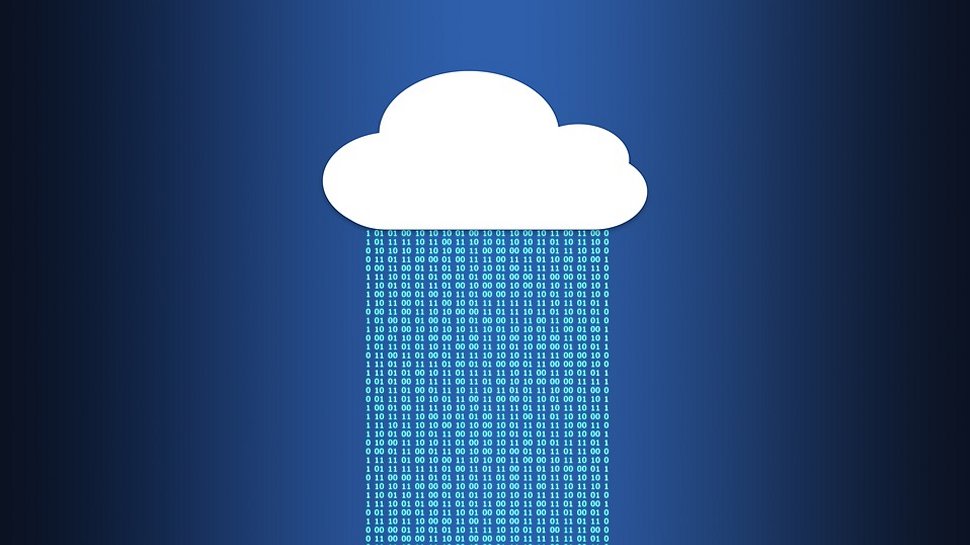Cloud-first approach key to modernizing F&A processes
Cloud is the future

Over the past decade, cloud technology has disrupted and transformed many industries, enabling businesses to operate more efficiently, cut costs, and improve results. One industry where cloud computing has vast potential to streamline operations and improve efficiency is finance and accounting (F&A). There are already cloud-centric accounting solutions available on the market, which allow F&A teams to centralize, automate, and orchestrate key activities like account reconciliations, routine journal entries, period-end task management, and more – all from a unified web browser.
David Brightman is Director of Product Marketing at BlackLine.
The good news is recognition of the cloud’s potential is gaining momentum in finance departments. Gartner estimates that by 2023, 60% of upper mid-size and large organizations will employ cloud-based applications to improve their financial close processes. The need to reallocate accounting resources toward more strategic activities, do more with less, and fuel business decision making with more timely data are key motivators that will likely accelerate growth further.
The challenges of operating legacy technology systems
Even in the current era of technological innovation and automation, there are still mid-sized finance teams grappling with outdated and impractical legacy accounting software. With legacy systems, F&A professionals battle daily with manual processes, slow reporting, data integration issues, remote connectivity issues, and a lack of web-based applications – leaving finance teams, external clients, and auditors in the dark for long periods of time.
Unfortunately, the COVID-19 crisis has exposed holes in the core capabilities of finance departments caused by outdated IT infrastructure. Manual tasks, inefficient processes and a lack of real-time data insight are holding back finance functions that now require a real-time picture of the company’s performance, in order to compete effectively in a tumultuous market.
With this in mind, F&A must invest in unifying data and processes to achieve strong visibility and control. In a time when change happens almost daily, legacy record-to-report processes that create period-end blackouts are no longer viable – especially with distributed workforces. Accounting must run continuously and in real time to succeed, with the help of cloud-first solutions.
Cloud-centricity to improve long-term business performance
It is no secret that business success relies on agility and the ability to expand and respond to market changes. Perhaps unsurprisingly, legacy technology can restrict this ability, actively impeding businesses in their efforts to scale – or when trying to plug in a new, more innovative solution.
Furthermore, legacy systems and on-premise software often come hand-in-hand. Even if you invest in the very latest model of on-premise software, in a few years’ time it will likely be outdated, creating a cycle of maintenance and updates, all of which could be completely redundant in about fifteen years’ time. The solution to this issue is of course, migrating to the cloud - an infinitely scalable and flexible solution for every business need. Without the constraints of on-premise software, cloud-enabled technology can be updated and scaled without down time and disruption to daily business outputs. On-premise or hybrid solutions simply cannot match the efficiency this creates.
Sign up to the TechRadar Pro newsletter to get all the top news, opinion, features and guidance your business needs to succeed!
Public clouds in particular, such as Google Cloud Platform for example, offer a foundation for highly scalable, secure and innovative solutions. This – alongside more unified systems, data and processes, automating manual tasks, and guiding accountants through a ‘continuous accounting’ process – can help to ensure companies are well positioned to shift from accounting for the balance sheet, to accounting for added business value.
Naturally this migration to the cloud comes at a cost, especially when businesses scale operations. But from a long-term perspective, it will enable business growth by offering the flexibility and ability to innovate and plug in new technological solutions that would otherwise be untenable.
How cloud-enabled platforms support disaster recovery and planning
Almost overnight, the impact of the COVID-19 pandemic became the single greatest threat to global business continuity in living memory. As a result, disaster recovery and scenario planning have become key priorities for business leaders – in a bid to survive a future full of unparalleled challenges.
In fact, research from BlackLine shows that financial forecasting, stress testing and analysis have moved up the corporate agenda in the last year – 43% of surveyed of global finance leaders and F&A professionals say their organization has become more focused on scenario planning and stress testing as a result of the pandemic. Additionally, 40% say the finance department is increasingly being called upon by the Board to help with these activities.
While it’s unsurprising that finance is being asked to help, close to a third (30%) of global respondents say their organization does not have the technology to properly analyze financial data in real time, making scenario planning challenging. This is a particular problem in the UK, where the number of companies that do not have adequate technology is closer to four in ten (39%).
In other words, the pandemic has exposed an urgent need for better transparency, real-time visibility and flexibility, all of which can be offered by the cloud. Migrating to a unified cloud platform will give F&A teams instant, around-the-clock access to vital information, wherever they are located. This will enable teams to spot any at-risk or problem areas that need attention, and allow them to respond in real time. It also lets teams automate mundane, routine tasks, freeing up F&A professionals’ time for activities that add more value to the business.
Cloud is the future
The bottom line is that the cloud is the future. Replacing legacy systems and manual processes isn’t just about improving capability – rather, it’s about whether or not businesses want to grow and maintain a competitive edge. F&A leaders are today expected to deliver accurate and real time analysis of their organization's financial performance, to help aid smarter, faster decision making. Yet many still wrestle with decades-old accounting processes that can only provide a view into the past – where the organization was, not where it is now. Modern accounting in the cloud empowers real-time financial intelligence and allows F&A teams to provide unprecedented value to the wider business.
- We've featured the best cloud storage services.
David Brightman is Director of Product Marketing at BlackLine.
